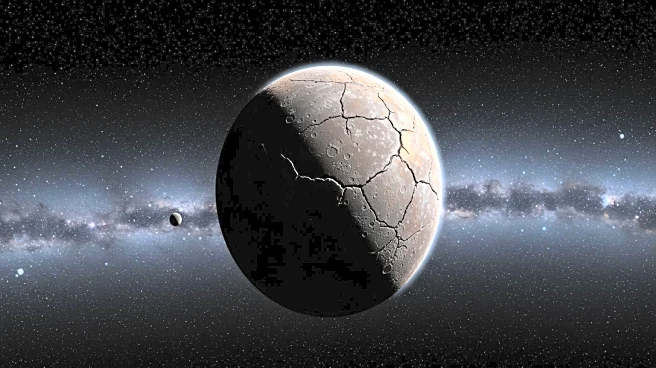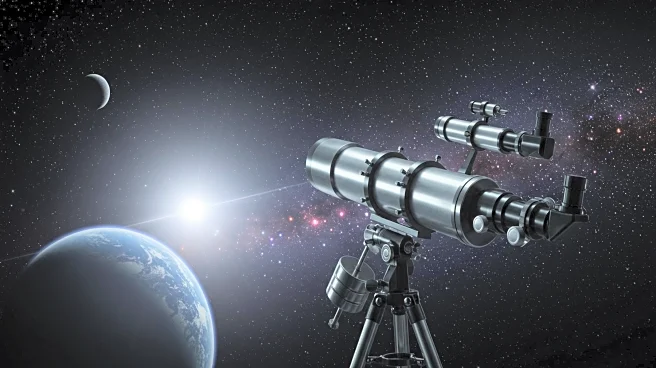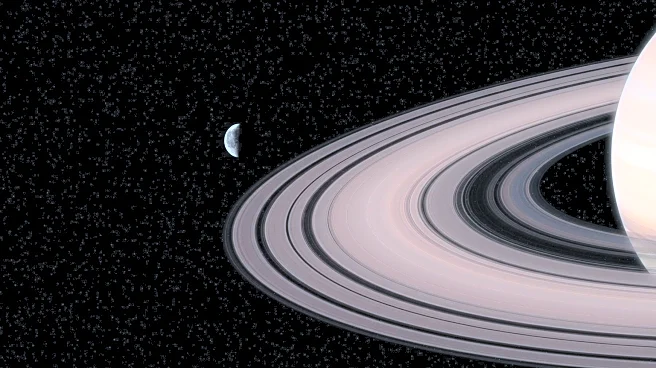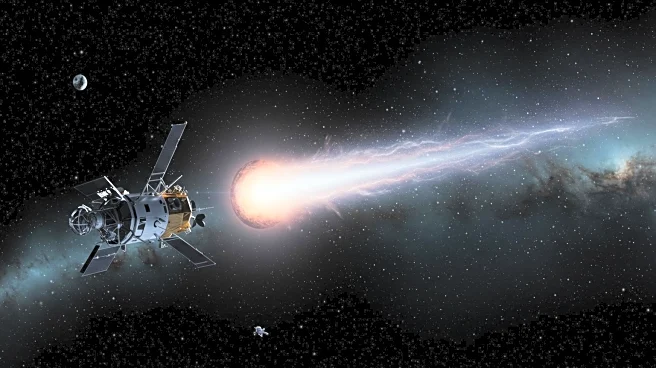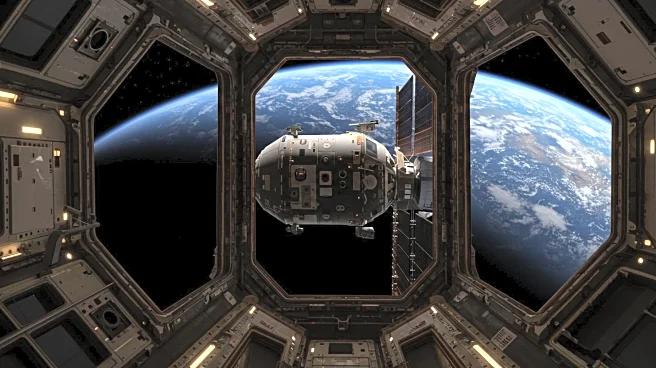What is the story about?
What's Happening?
A new study published in AGU Advances has provided insights into Mercury's shrinkage since its formation over 4.5 billion years ago. Researchers have estimated that Mercury's radius has shrunk by about 2.7 to 5.6 kilometers due to the cooling of its core. This cooling process leads to the formation of thrust faults on the planet's surface, which are large cracks that occur as the planet contracts. The study employed a novel method focusing on the largest fault within a dataset to provide a more accurate measurement of Mercury's shrinkage.
Why It's Important?
Understanding Mercury's shrinkage is crucial for modeling the planet's thermal history and internal heat flow. Accurate estimates of shrinkage help scientists comprehend how Mercury, a planet with no atmosphere and extreme temperature variations, has evolved. The findings refine previous estimates, offering a clearer picture of Mercury's geological history and its comparison to other planets in the solar system.
Beyond the Headlines
The study's innovative method for calculating shrinkage focuses on the fault with the largest vertical displacement, providing a consistent and reliable measurement. This approach allows researchers to estimate the total contraction of Mercury with higher accuracy, offering valuable insights into the planet's past thermal environment and geological evolution.
AI Generated Content
Do you find this article useful?
